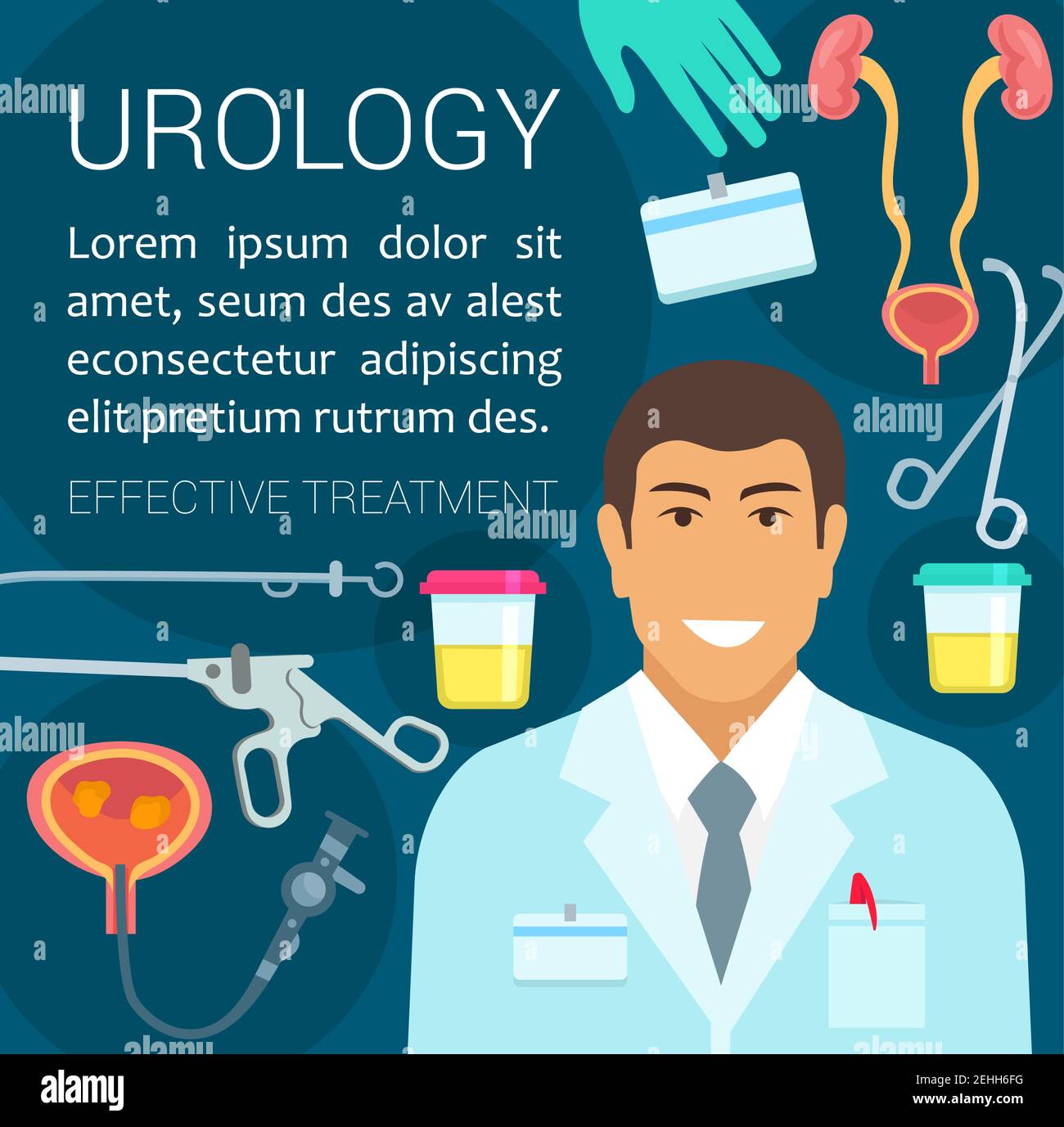
September 6, 2024
You Feel So Sexless And Dirty: The Females Living With Urinary Incontinence After Childbirth Wellness
You Really Feel So Sexless And Filthy: The Females Living With Urinary Incontinence After Giving Birth Wellness These foods can create a boost in the sense of urgency and more journeys to the bathroom. Cigarettes are also a bladder irritant and smoking cigarettes need to be prevented. Having to urinate regularly during pregnancy is really typical. There are some easy steps you can take during pregnancy to help prevent incontinence. The treatment will certainly depend upon what type of incontinence you have and exactly how severe it is.Does urinary incontinence disappear?
First line treatments for incontinence depend upon individual scenarios, yet can consist of reinforcing workouts(Kegels ), bladder training, nerve inflection, pelvic floor therapy, electric excitement to improve pelvic flooring muscle contraction, or a pessary. Urinary system incontinence normally goes away on its own within a few weeks of giving birth, although for some women, it might last a bit longer. Kegels can aid, yet if it's impacting your quality of life or you're worried, you may be described a urogynecologist for an evaluation.
Recognizing Fecal Incontinence After Pregnancy
At the Female's Center of Lakewood Cattle ranch, we offer a substantial 8 week program to aid you deal with urinary incontinence and pelvic pain. If you tighten your abdominal muscles, thighs, or butt you're refraining the kegel works out appropriately. When you have actually recognized which muscle mass are your pelvic floor muscular tissues, proceed your technique on a vacant bladder. There are a few approaches of therapy for urinary incontinence, from basic workouts to a minimally intrusive elective surgery. After childbirth there is a great deal of concentrate on the infant-- and rightly so, states Thakar. Travelers to London's Liverpool Street were treated to a taboo-busting billboard last week, including a mommy of 2 weightlifting, while dripping actual liquid.Just How To Prevent Postpartum Problems
Meanwhile, postnatal treatment is largely the responsibility of community midwives. Around the six- to eight-week mark, a postnatal look at mommy and child is performed by General practitioners. Genital shipment appears to be the biggest risk factor in the advancement of postpartum urinary system incontinence. The National Institutes of Health specifies that females who have a genital distribution are 50% most likely to have postpartum incontinence than those who provide by C-section. The muscle mass that exist directly below the vagina and surround the anus are the muscles that control defecation. During the final phases of labor, pressing the infant through the vaginal canal to shipment, these muscular tissues are subjected to substantial pressures and stress. Just as for urinary incontinence, there is a greater possibility of anal urinary incontinence for a woman complying with a genital shipment than adhering to a cesarean section.- If you had a caesarean area, you can usually hold your baby in the operating space straight after birth.
- The words rectal prolapse or rectocele are usually utilized by medical professionals to explain these adjustments in the contour of the vaginal canal.
- Hormone adjustments (what else is new?) during and after pregnancy can damage your bladder as well.
- The further down the infant's head goes into the hips, the higher the pressure against these muscle mass and hidden nerves.
- If you're nursing, it might be months prior to your menstruation period returns, maybe not till after your infant has actually been weaned.
- The majority of ladies experience no residual impact within simply a few months after giving birth.
Social Links